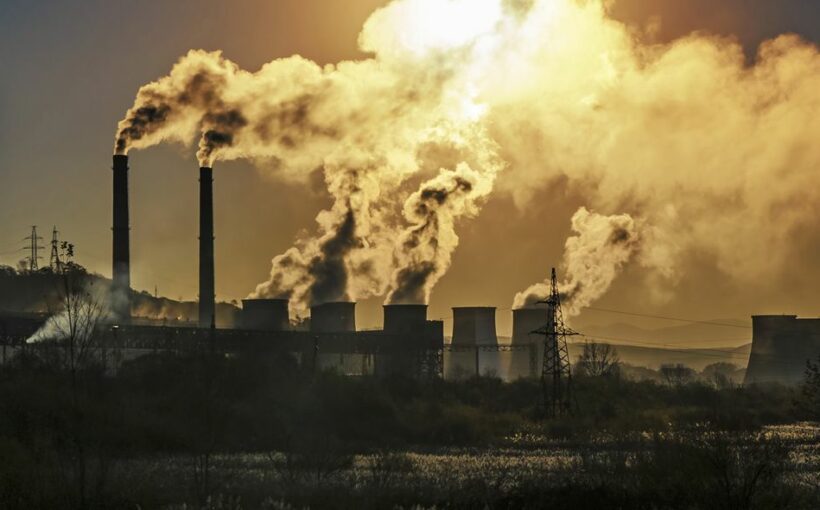Many large global companies have now set a target for getting to net-zero greenhouse gas emissions. But with most of those deadlines decades away, it can be difficult to tell if they’re on track now.
Companies havevarying standards of setting short-term climate goals and differing ways of assessing whether they’ve achieved them. In a recent analysis, Bloomberg Green took stock of the five-year sustainability goals some of the biggest U.S. companies had set in 2015. The results showed that 138 out of 187 pledges had been met, partly because they were modest to start with.
50,820 Million metric tons of greenhouse emissions, most recent annual data
Bishkek, KyrgyzstanMost polluted air today, in sensor range +0.78° C Dec. 2020 increase in global temperature vs. 1900s average -5.82% Today’s arctic ice area vs. historic average 0 3 2 1 0 9 ,0 2 1 0 9 8 0 3 2 1 0 9 0 6 5 4 3 2 Soccer pitches of forest lost this hour, most recent data 83% Carbon-free net power in Brazil, most recent data
$69.9B Renewable power investment worldwide in Q2 2020 0 6 5 4 3 2 0 3 2 1 0 9 0 8 7 6 5 4 .0 1 0 9 8 7 0 0 9 8 7 6 0 6 5 4 3 2 0 2 1 0 9 8 0 2 1 0 9 8 0 8 7 6 5 4 Parts per million CO2 in the atmosphere
Net-zero emissions goals are much more ambitious than promising toplant more trees or boosting energy efficiency. It’s likely the companies setting them have to make more drastic changes. A new report by the Science-Based Targets initiative (SBTi), a non-profit that helps companies translate the Paris Agreement’s aim of keeping global warming under 1.5°C into concrete measures, finds that bears out in reality.
SBTi analyzed 338 companies that had set targets guided by science, which requires goals not just decades out but also measurable emission cuts in the short term. The list covers a broad range of industries from software to pharma and mobile networks to utilities. The report concludes that between 2015 and 2019 these companies reduced Scope 1 and 2 emissions—those generated by their own assets and in purchased electricity—by 25%, even as global emissions rose by 3.4% in the period.
The avoided emissions add up to 302 million metric tons of carbon dioxide equivalent, or what Poland emits annually. “Companies setting science-based targets are backing these commitments up with action,” said Alexander Farsan, global lead on science-based targets at WWF, one of the SBTi partners.
Enel SpA, the Italian utility, cut its direct emissions intensity by 28% between 2017 and 2019. The increased pace allowed it to boost its 2030 target reduction to 80% from 70%. That, in turn, affects the company’s bottom line, with investors increasingly taking carbon calculationsinto their decisions. “Working with Science-Based Targets initiative increases investor confidence,” said Giulia Genuardi, head of sustainability at Enel.
Not all companies with SBTi targets have succeeded in that period. Pernod Ricard SA and Givaudan SA have seen their emissions rise where they had pledged to reduce them.
SBTi’s latest analysis excludes Scope 3 emissions, which are tied to a company’s supply chain and customers, because most companies only began setting targets to cut them in the last two years. And some are still struggling to figure out ways to reduce them. Maisons du Monde SA, a furniture retailer, has seen its scope 3 emissions rise by 9% since 2018 despite a pledge to cut them 15% by 2030.
More than 1,000 companies are working with SBTi to set climate targets as of 2020. These include some of the world’s biggest companies, such as Amazon.com Inc., Facebook Inc. and Ford Motor Co., which joined only last year. Science-based goal setting is creating a strong framework for these companies to cut emissions, and for the public to hold the companies accountable if they don’t achieve those cuts.
Source: Read Full Article

